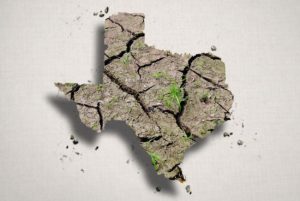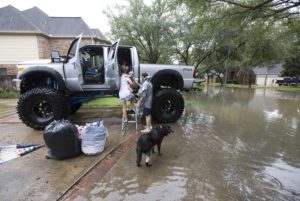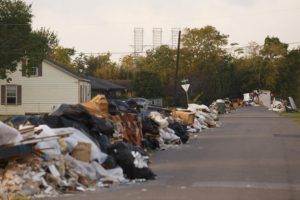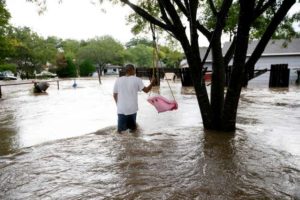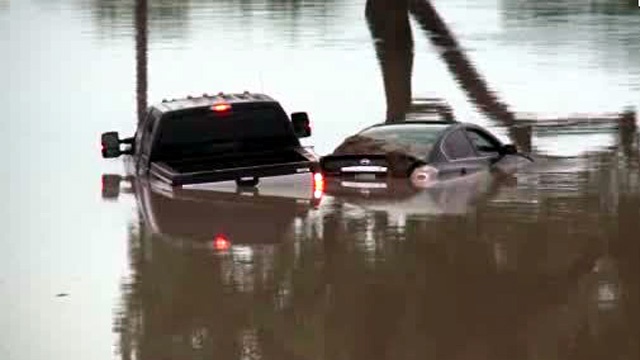Texas Gov. Greg Abbott has said the state is ready for “the next Harvey.”
Good deal, governor. I’ll need to know how the state prepares for a 50-inch deluge that falls within a 24-hour period.
But then the president of the United States weighed in with yet another patently absurd assertion about how many Texans responded to the peril that was bearing down on them.
Donald J. Trump said that Texas were “watching Harvey from their boats,” an act he said precipitated the large number of water rescues while the storm was battering the coast from the Coastal Bend, to Houston and the Golden Triangle.
Trump said this during a conference call with state officials: “Sixteen thousand people, many of them in Texas, for whatever reason that is. People went out in their boats to watch the hurricane,” Trump said. “That didn’t work out too well.”
Trump’s idiocy has prompted an angry response from first responder officials. As the Houston Chronicle reported: “I didn’t see anyone taking the approach that would reflect his comments,” Gonzalez said. “I’ll be sure to invite the president to ride out the next hurricane in a jon boat in Galveston Bay the next time one approaches,” he added.
Texas House Speaker Joe Straus, a fellow Republican, tweeted a message that talked about how Texans responded to help their neighbors and that they weren’t gawking at the storm aboard their boats in the Gulf of Mexico.
The Chronicle asked Abbott about Trump’s assertion, but the governor said he didn’t have “any information” on the matter.
As the paper noted: This isn’t the first time the president has made comments that seemed bizarre or ill-informed. For example, he claimed without evidence millions of people voted illegally and inflated the number of people attending his inauguration and other rallies. He wrongly claimed to have seen Muslims in New Jersey celebrating the 9/11 attacks on television.
So, let’s add this moronic assertion to the lengthy and no doubt growing list of presidential prevarications.
Idiotic.

